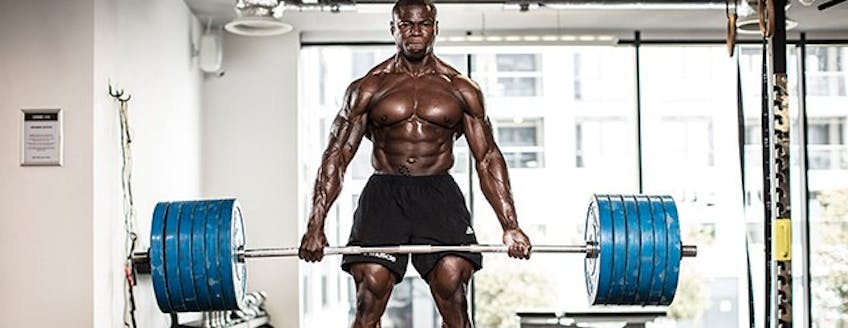Creatine is key for High Performance
High intensity training requires a significant level of energy. The training is intermittent, meaning that it involves very intense bursts of exercise with short periods of less intense activity, or complete rest. Energy levels need to remain high to improve your workout intensity performance. This can be difficult if you are also cutting calories to lose fat, as a calorie-deficit diet can leave your body craving energy.
When your body doesn’t have enough energy, it turns to an alternative source for fuel – which could result in breaking down your muscle (protein) tissue.
Creatine is produced naturally in the body by three amino acids: arginine, glycine and methionine. However, the amount your body produces naturally may fall short of your training need. We can source further creatine in our diet through meat and fish, but even then, when working out, additional creatine may be supplemented to ensure that levels are sufficient.
Here, we look at how supplementing creatine into your regime could support your workout:
ATP energy
One of the body’s energy sources is adenosine triphosphate (ATP). However, ATP is used up during high intensity performance – it is used up faster than it can be built up again which can limit your maximum intensity during workout.
Anaerobic capacity
Your anaerobic capacity is based on how much energy you get, without oxygen, from your anaerobic systems – and this determines how long you can work out before exhaustion. Your body can utilise ATP as energy, when oxygen might not be as readily available.
Maximise your workout performance
During high intensity training such as sprints and weightlifting, creatine stores can deplete rapidly. You can increase exercise performance during repeated short intense bursts when 3g of creatine are supplemented per day.
Benefits of a loading phase
When supplementing creatine, those training may begin with a loading period where they take up to 20 grams of creatine a day for around 5-7 days. This is usually split up into smaller doses throughout the day – and then following this loading phase, a maintenance phase consisting of usually 3 grams per day will help support creatine levels in the body. But is this loading phase worth it?
Loading creatine for the first week helps to get your saturation levels up quickly. Creatine can take some time to get into your system – and similarly, take some time to get out of your system. Starting with the maintenance dose of just 3g a day means that it can take several weeks for your muscles to be fully saturated.
Final thoughts
Although Creatine is produced naturally in the body by amino acids, if you are following a high intensity workout plan supplementing creatine means your muscles stores of creatine can become fully saturated and improve performance during repeated short bursts of intense exercise.












